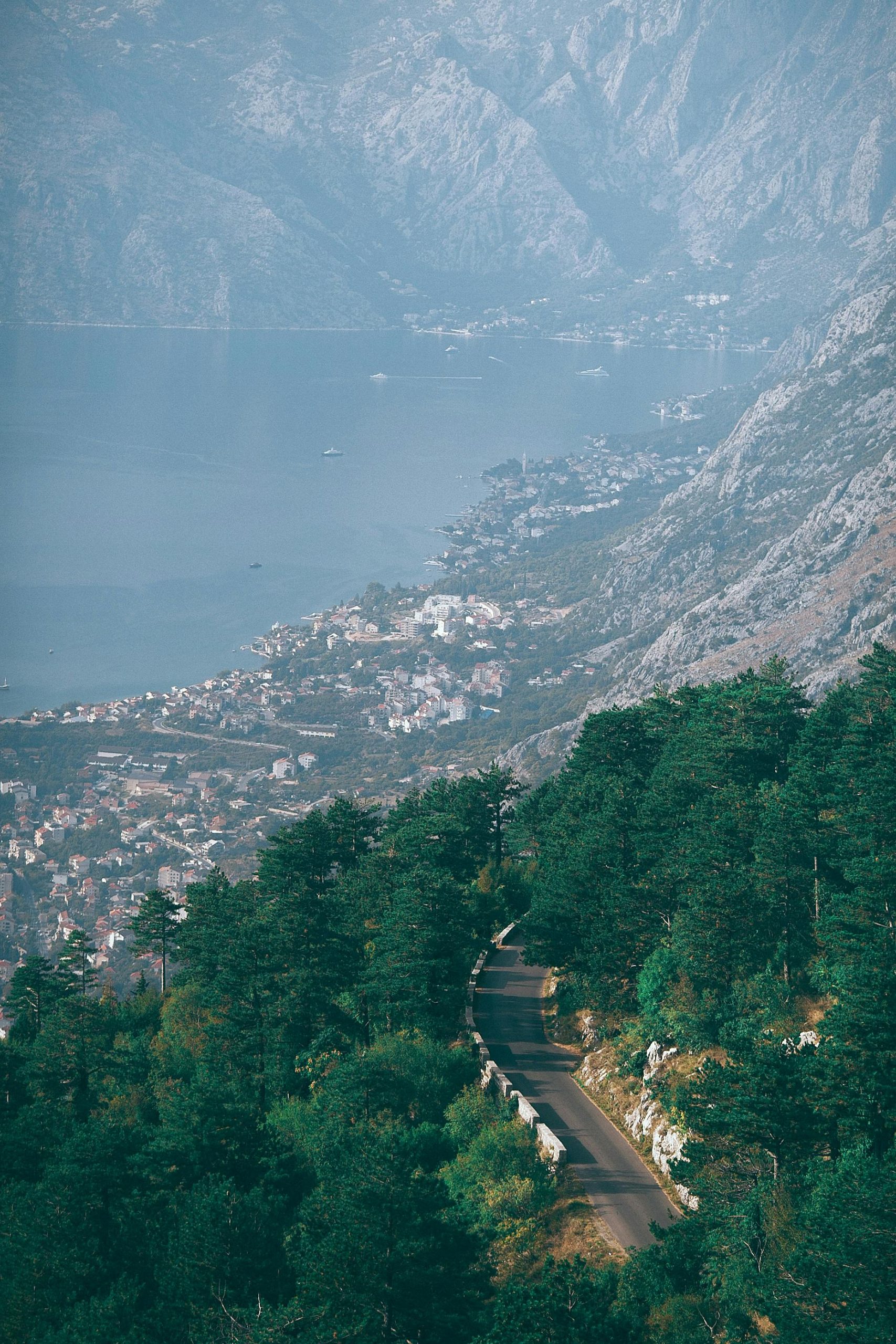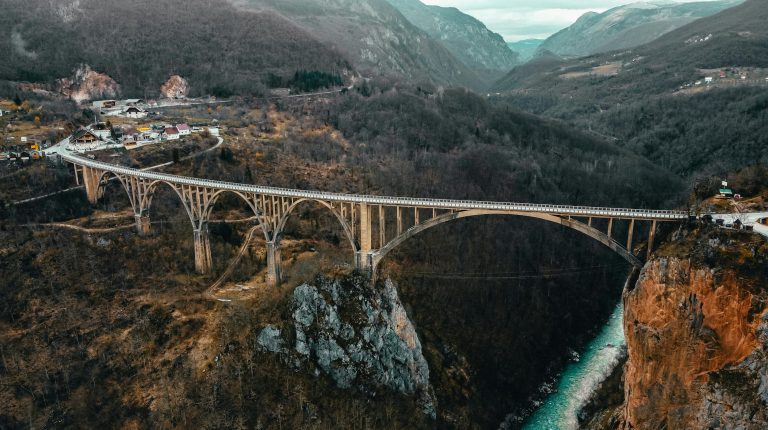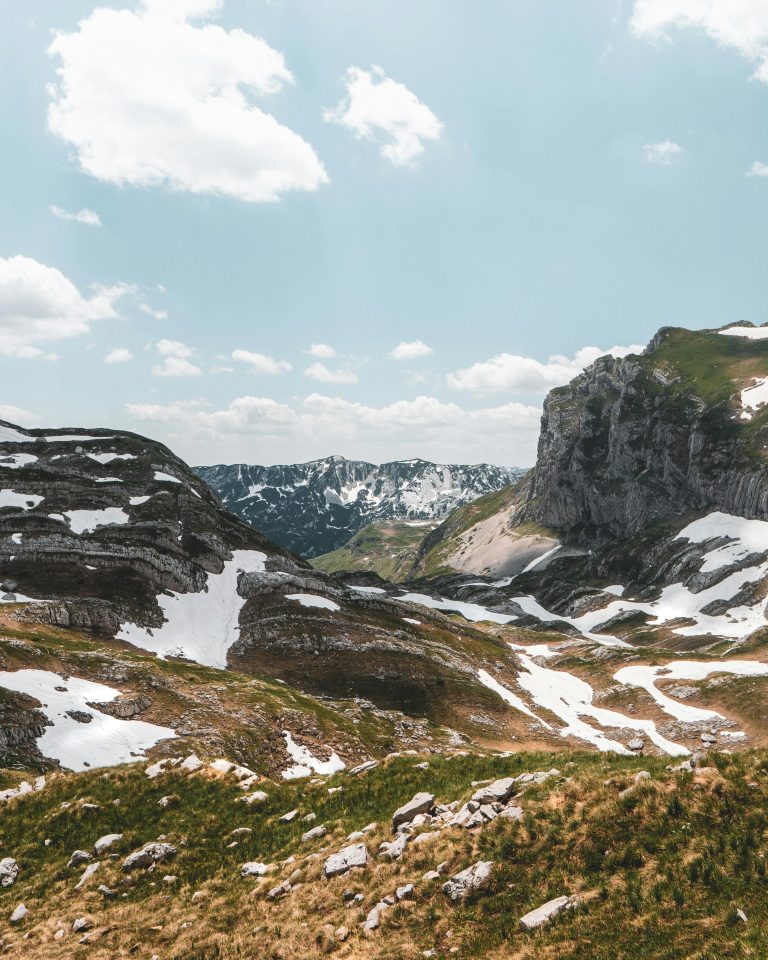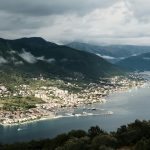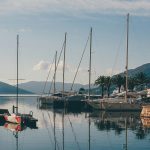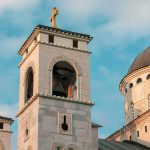Exploring Montenegro by car is one of the best ways to truly experience this small but incredibly diverse country. From the Adriatic coastline to rugged mountain peaks, scenic lakes to charming villages, Montenegro offers some of Europe’s most spectacular road trips. Whether you’re renting a car for a short stay or embarking on a longer journey, driving in Montenegro gives you the freedom to go off the beaten path and set your own pace.
Why Choose a Car for Exploring Montenegro?
Montenegro is a compact country, roughly the size of Northern Ireland, which makes it ideal for road travel. Distances between major destinations are short, often just one to three hours apart. This means you can enjoy breakfast overlooking the Bay of Kotor and be hiking in Durmitor National Park by the afternoon.
Driving also lets you explore less-visited places like the scenic Piva Canyon, remote mountain villages in the north, or hidden beaches on the Lustica Peninsula—spots that are hard to reach by public transport. With your own vehicle, you’re not bound by timetables or routes, offering maximum flexibility and spontaneity.
Renting a Car in Montenegro
Renting a car in Montenegro is straightforward. You can rent from major international brands like Hertz and Avis or local agencies in cities like Podgorica, Tivat, and Budva. Most companies require drivers to be at least 21 years old and have held a license for at least one year. An International Driving Permit (IDP) is recommended, especially if your license is not in Latin script.
Tips for renting:
- Book in advance during high season (June to September)
- Check for unlimited mileage and insurance coverage
- Inspect the vehicle thoroughly before driving off
- Consider a small, fuel-efficient car for easier parking and narrow roads
Road Conditions and Driving Rules
Montenegro’s main roads are generally in good condition, though secondary roads can be narrow, winding, and poorly lit. Pay extra attention when driving in mountainous areas or in rural regions.
Key rules to know:
- Drive on the right-hand side
- Seatbelts are mandatory for all passengers
- Use headlights at all times (day and night)
- Mobile phone use while driving is illegal (unless hands-free)
- Speed limits: 50 km/h in towns, 80 km/h on rural roads, 100 km/h on expressways
Toll roads are rare, but tunnels like the Sozina tunnel require a small fee. Police checks are common, so carry your license, insurance, and car registration papers at all times.
Parking and Fuel
Parking is available in most towns and cities, though it can be tight in popular spots like Kotor and Budva, especially in summer. Paid street parking is common and usually costs between €0.50 and €1 per hour. Always check signs for regulations and time limits.
Fuel stations are easy to find and are open long hours, often 24/7 near major cities. Both petrol (benzina) and diesel (dizel) are available, and credit cards are widely accepted.
Must-Drive Scenic Routes in Montenegro
1. Bay of Kotor Coastal Road
Drive from Herceg Novi to Kotor for stunning views of the bay, medieval towns, and towering cliffs. Stop at Perast and take a boat to Our Lady of the Rocks.
2. Podgorica to Kolasin via the Moraca Canyon
This route takes you through dramatic canyons and dense forests. Stop at the Moraca Monastery and admire the engineering marvel of the high bridges.
3. Cetinje to Lovcen to Kotor (via Njegusi)
A mountain switchback road with hairpin bends and sweeping views of the coast and mountains. Visit Njegos Mausoleum at Lovcen National Park.
4. Zabljak to Piva Canyon
Remote and breathtaking, this northern route gives you access to Durmitor National Park and Tara River Canyon—Europe’s deepest gorge.
Border Crossings and Regional Travel
If you plan to drive into neighboring countries like Croatia, Bosnia and Herzegovina, Albania, or Serbia, check with your rental company for cross-border travel permission and green card insurance. Border crossings are usually straightforward but can have long waits in peak season.
Safety and Emergency Numbers
Montenegro is generally safe for drivers, but exercise caution in bad weather, especially in winter when mountain roads may be icy or closed.
Emergency numbers:
- Police: 122
- Ambulance: 124
- Fire brigade: 123
- Road assistance: 19807
Carry a reflective vest, warning triangle, and first aid kit—these are legal requirements.
Suggested Itinerary for a 7-Day Road Trip
Day 1: Arrive in Podgorica, drive to Kotor via Lake Skadar
Day 2: Explore Kotor and Perast, overnight in Budva
Day 3: Drive to Lovcen National Park and Cetinje
Day 4: Head inland to Kolasin via Moraca Canyon
Day 5: Continue to Zabljak and Durmitor National Park
Day 6: Visit Tara River Canyon, Piva Lake
Day 7: Return to Podgorica or extend into Bosnia or Serbia
Final Thoughts
Driving in Montenegro is an incredible way to discover the country’s diverse landscapes and rich culture. With scenic roads, short travel distances, and endless opportunities for detours and day trips, a car gives you the freedom to explore Montenegro at your own rhythm. Whether you’re chasing sunsets on the Adriatic or mountain air in the north, your road trip through Montenegro is sure to be unforgettable.
